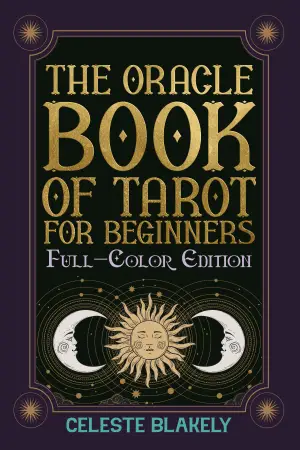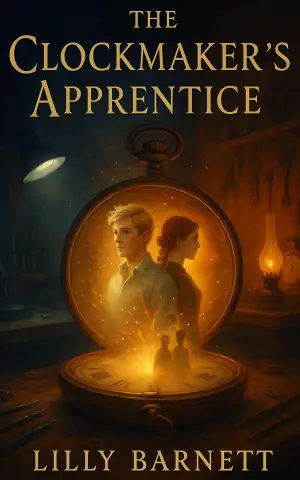A Journey Through Ambition and Irony: Reflections on The Red and the Black
I first encountered The Red and the Black as a young reader searching for stories that breathed life into ambition, heartbreak, and societal critique. Written by Stendhal—whose keen observations of human nature and sharp wit still resonate today—this novel had been perched on my reading list for years, and perhaps it was time itself that prepared me for Julien Sorel’s tumultuous journey. As I delved into its pages, I felt like I was meeting an old friend; a story rich with layered characters and an unyielding exploration of ambition wrapped in the irony of 19th-century French society.
Stendhal’s narrative follows Julien Sorel, an archetypal ambitious young man born into the constraints of lower societal ranks. Determined to navigate the rigid class structures of post-Napoleonic France, Julien relies not just on his intellect and charm, but on a perilous mix of deception and self-interest. From his humble beginnings as the son of a carpenter to his ascent into Parisian high society—marked by romances that veer between the passionate Mathilde de la Mole and the gentle Madame de Rênal—Julien’s journey reflects the overarching themes of ambition, hypocrisy, and the search for identity.
What struck me most was Stendhal’s mastery in weaving psychological depth with social commentary. The inner turmoil of Julien is palpable, and Stendhal gracefully transforms his ambitions into a tragic, almost farcical dance with fate. The biting irony is not lost on the reader—every triumph feels shadowed by self-doubt, every love affair tinged with the specter of betrayal. It’s a narrative that captivates with its tension while serving as a mirror to our own societal structures and ethical conundrums. As one reviewer aptly noted, it’s a tale that remains both a condemnation and a triumph, echoing in contemporary landscapes.
In terms of writing, Stendhal’s prose feels both engaging and deeply reflective, oscillating between prose that dances and periods that draw you into silent contemplation. Though some readers might find the pacing slow at times—reflecting the monotony that Julien himself grapples with—this deliberate rhythm serves to enhance the weight of his choices. Stendhal has an uncanny ability to blend internal narrative with vivid descriptions of external experiences that keep the reader anchored in the stark realities of Julien’s world.
As I closed the last chapter, I felt an undeniable connection to Julien—his arrogance, his vulnerabilities, and the stark realization that ambition can ironically lead to one’s downfall. It echoes a timeless lesson that resonates in our lives today: the pursuit of success can often blind us to the simple joys and truths we leave behind.
I would recommend The Red and the Black to anyone curious about 19th-century literature, lovers of rich character exploration, or those keen on dissecting the human condition through the lens of ambition and societal expectation. This novel, with all its complexities and beauties, serves as a poignant reminder of the highs and lows of ambition—something that, ironically, feels just as relevant now as it did in Stendhal’s time. Whether you are drawn in by the thrill of Julien’s aspirations or the gentle tragedy of his missteps, there’s a heartfelt journey waiting for you in these pages.
You can find The Red and the Black here >>






